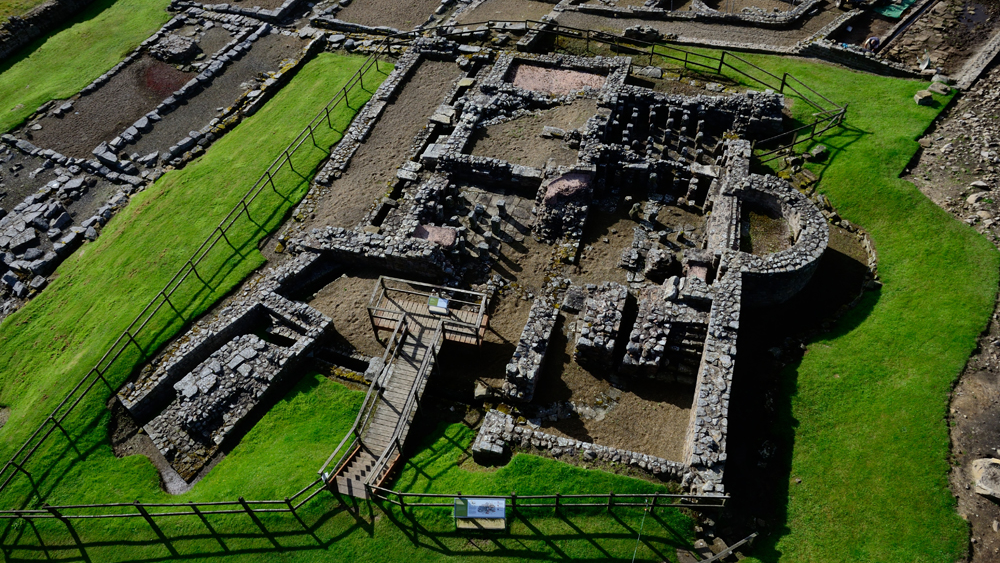moon
Latest about moon
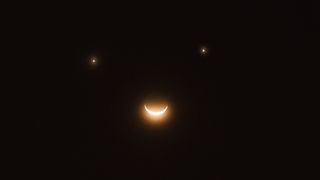
Two planets will form a 'smiley face' with the moon on April 25
By Pandora Dewan published
A rare 'smiley face' triple conjunction is coming to Earth's morning skies on April 25, when Venus, Saturn and the crescent moon form a celestial smirk near the horizon.
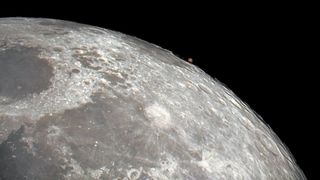
Mars rises over the moon's horizon at the best possible time
By Jamie Carter published
A new image has emerged of the Red Planet rising above the lunar limb after being occulted by the moon in January.
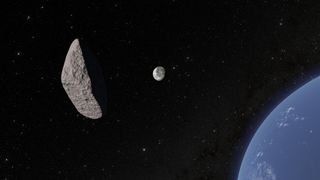
Asteroid 2024 YR4 surprises scientists with 'unusual' shape and could slaphsot the moon
By Patrick Pester published
The once-dubbed "city-killer" asteroid 2024 YR4 has surprised scientists with its 'unusual' shape as it rapidly rotates through space on a trajectory that could see it hit the moon.
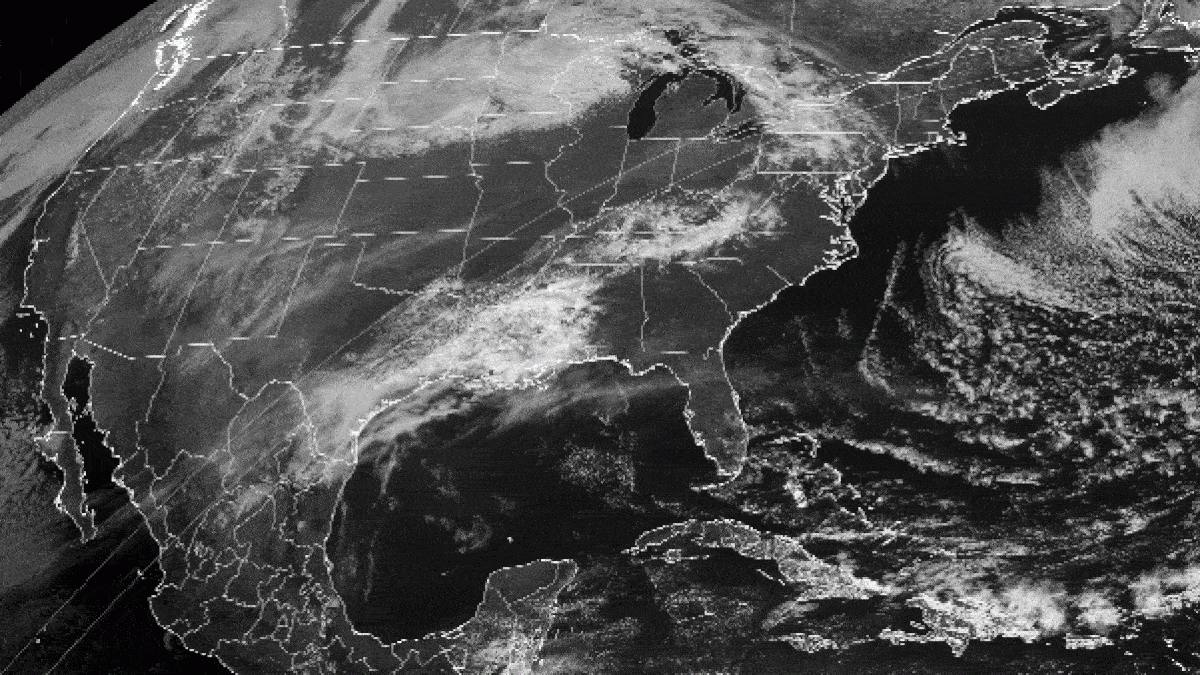
Watch moon's shadow race across US during 2024 total solar eclipse
By Harry Baker published
Earth from space Multiple spacecraft captured the moon's shadow sweeping across North America at more than 1,500 mph during the 2024 total solar eclipse, as millions of people looked up to witness totality.
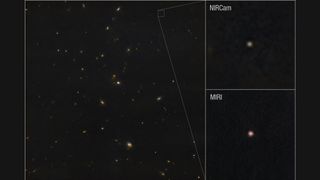
James Webb telescope takes emergency look at 'city-killer' asteroid 2024 YR4 ahead of close encounter in 2032
By Brandon Specktor last updated
The James Webb Space Telescope has taken its first look at the near-Earth asteroid 2024 YR4 before a perilous close approach in 2032. The telescope confirmed Earth is safe, but there is a 3.8% chance that our moon may be in trouble.
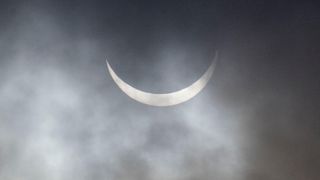
See spectacular photos from Saturday's partial solar eclipse
By Skyler Ware published
The partial solar eclipse on March 29 wowed skywatchers in the Northern Hemisphere.
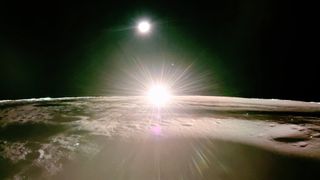
Space photo of the week: The last sight you see before dying on the moon
By Jamie Carter published
The final act of the Blue Ghost lander's busy two weeks on the moon was to send back sunset shots featuring Earth and Venus.

NASA reveals a sunset on the moon in high definition for the 1st time
By Pandora Dewan published
During its final hours on the lunar surface, the Blue Ghost spacecraft captured stunning photos of a lunar sunset.
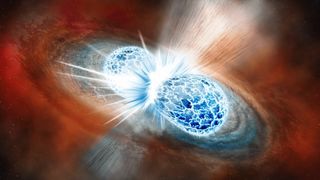
Scientists find evidence of 'supernova graveyard' at the bottom of the sea — and possibly on the surface of the moon
By Jenna Ahart published
After finding the debris of two colliding stars swimming in the ocean, researchers are after more evidence from the lunar soil.

Watch: Spacecraft films 'diamond ring' solar eclipse from the surface of the moon as 'blood moon' looms over Earth
By Brandon Specktor published
While millions of Earthlings watched the "blood moon" total lunar eclipse on March 13-14, the private Blue Ghost spacecraft caught an ultra-rare view of Earth blocking out the sun from the surface of the moon.
Get the world’s most fascinating discoveries delivered straight to your inbox.


